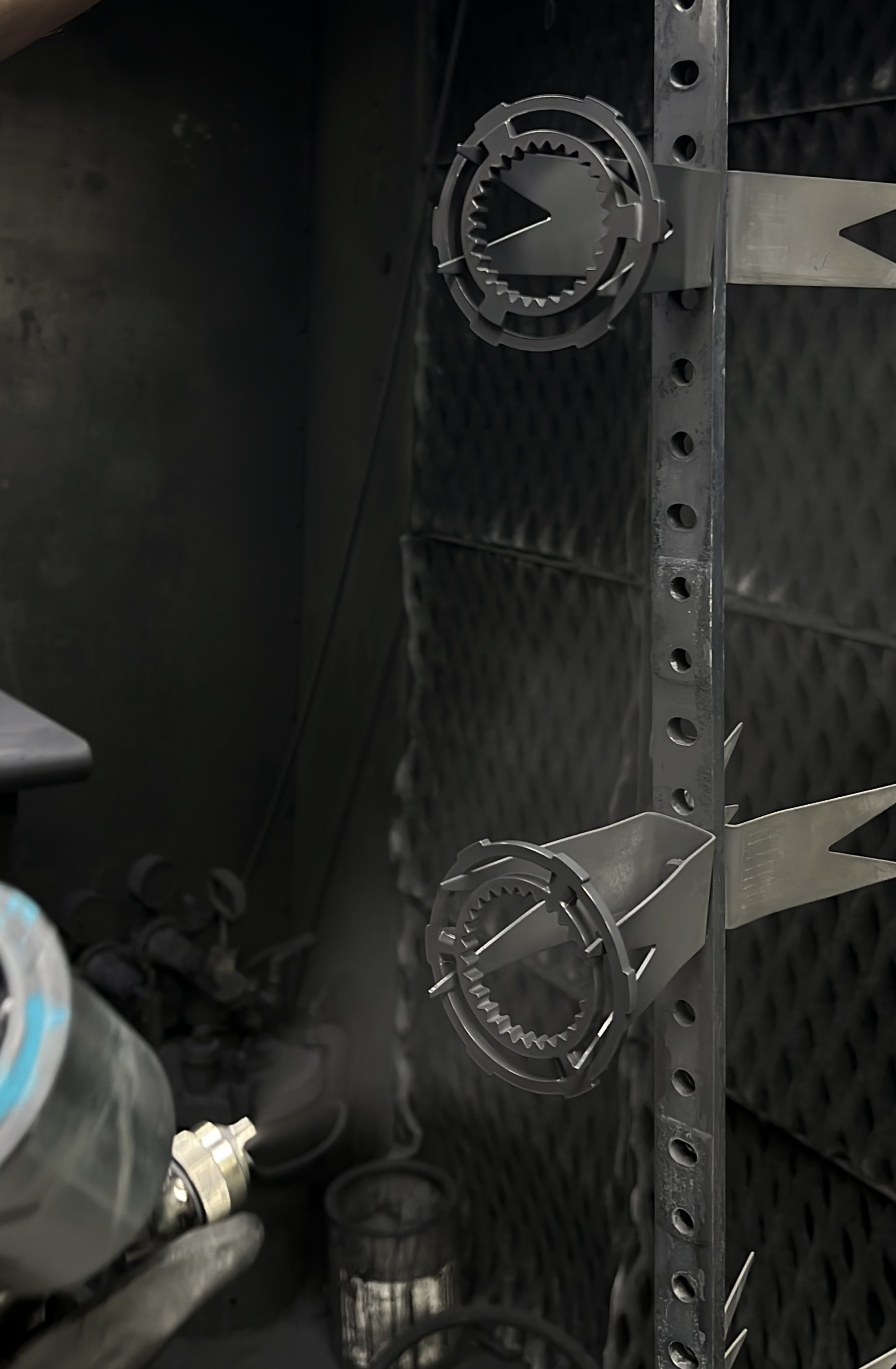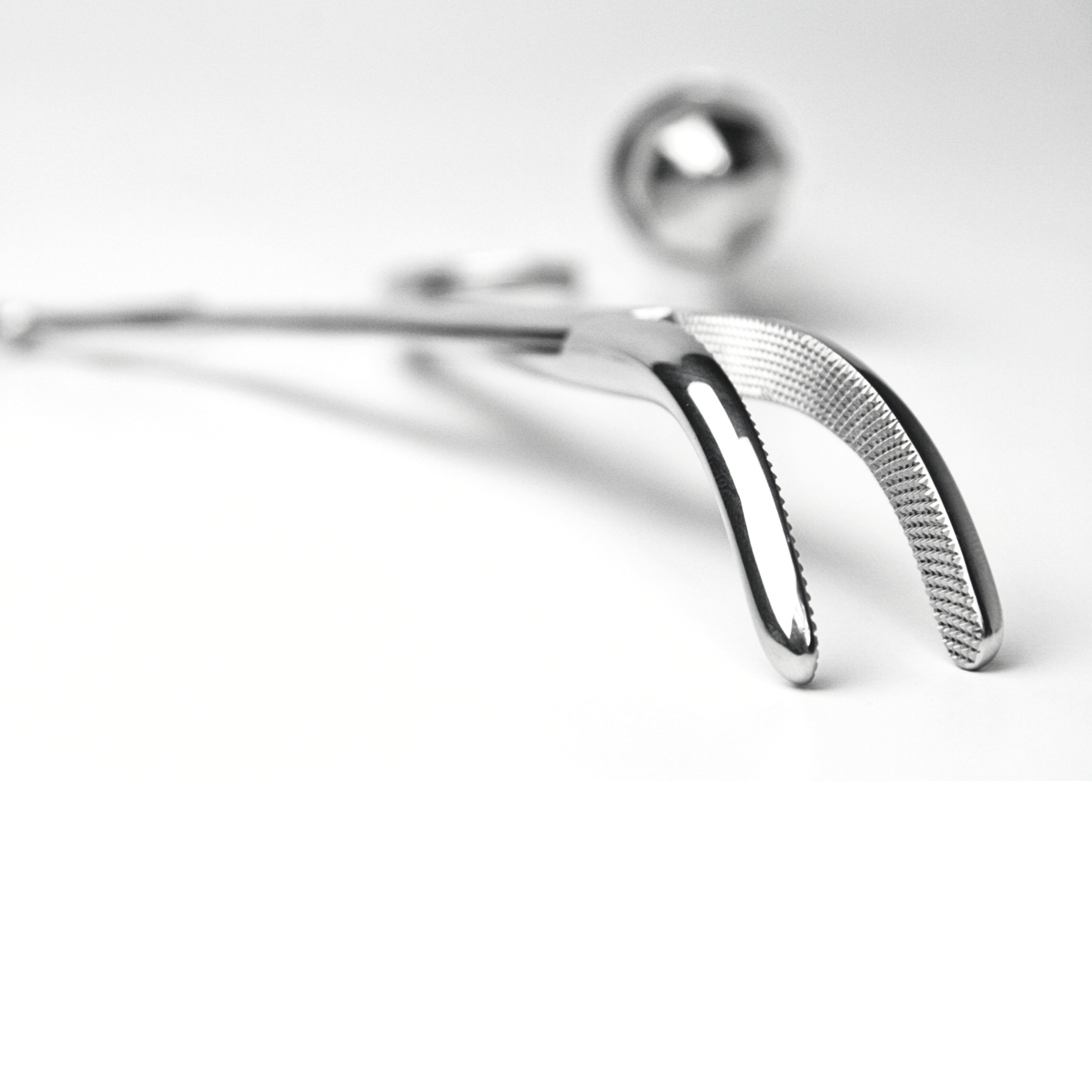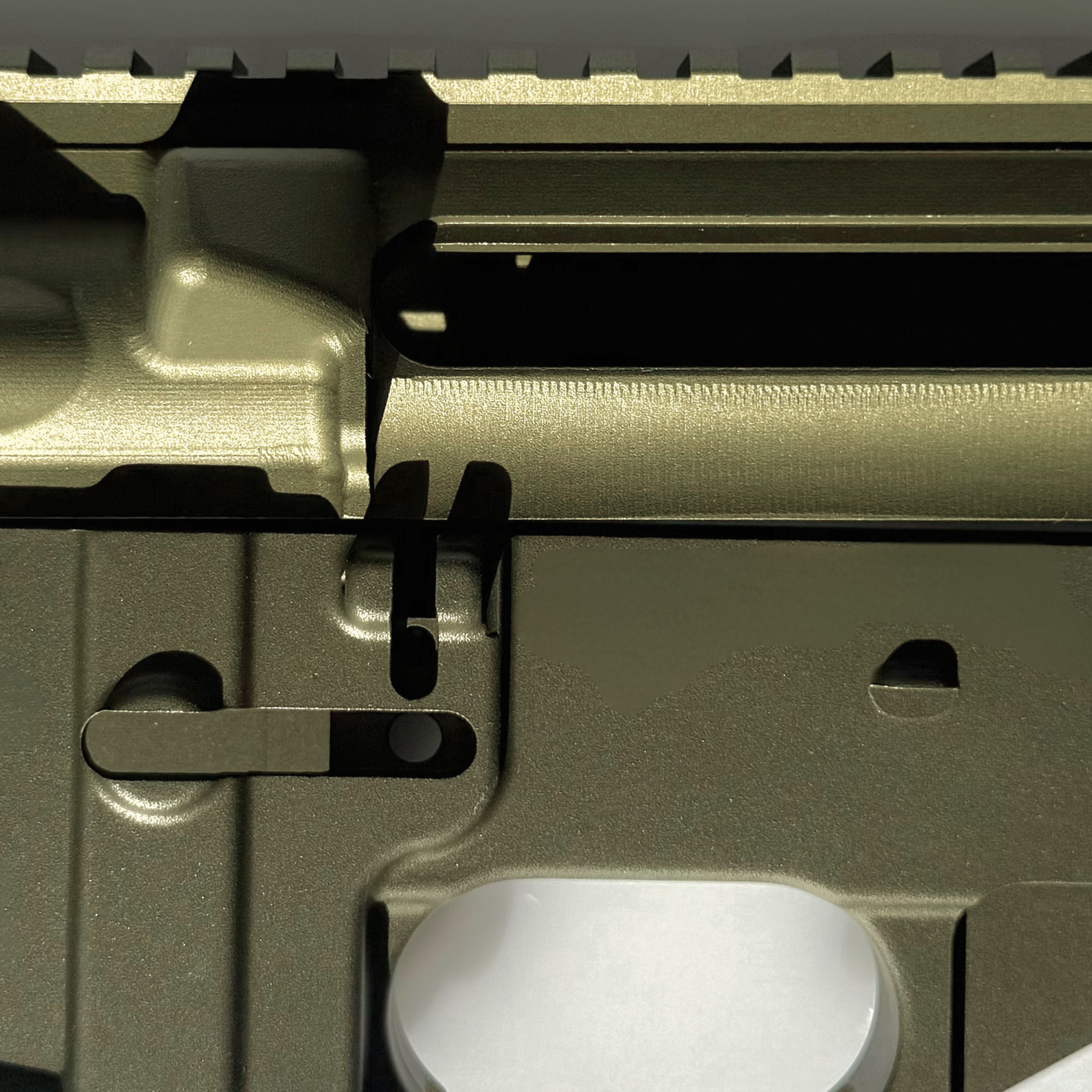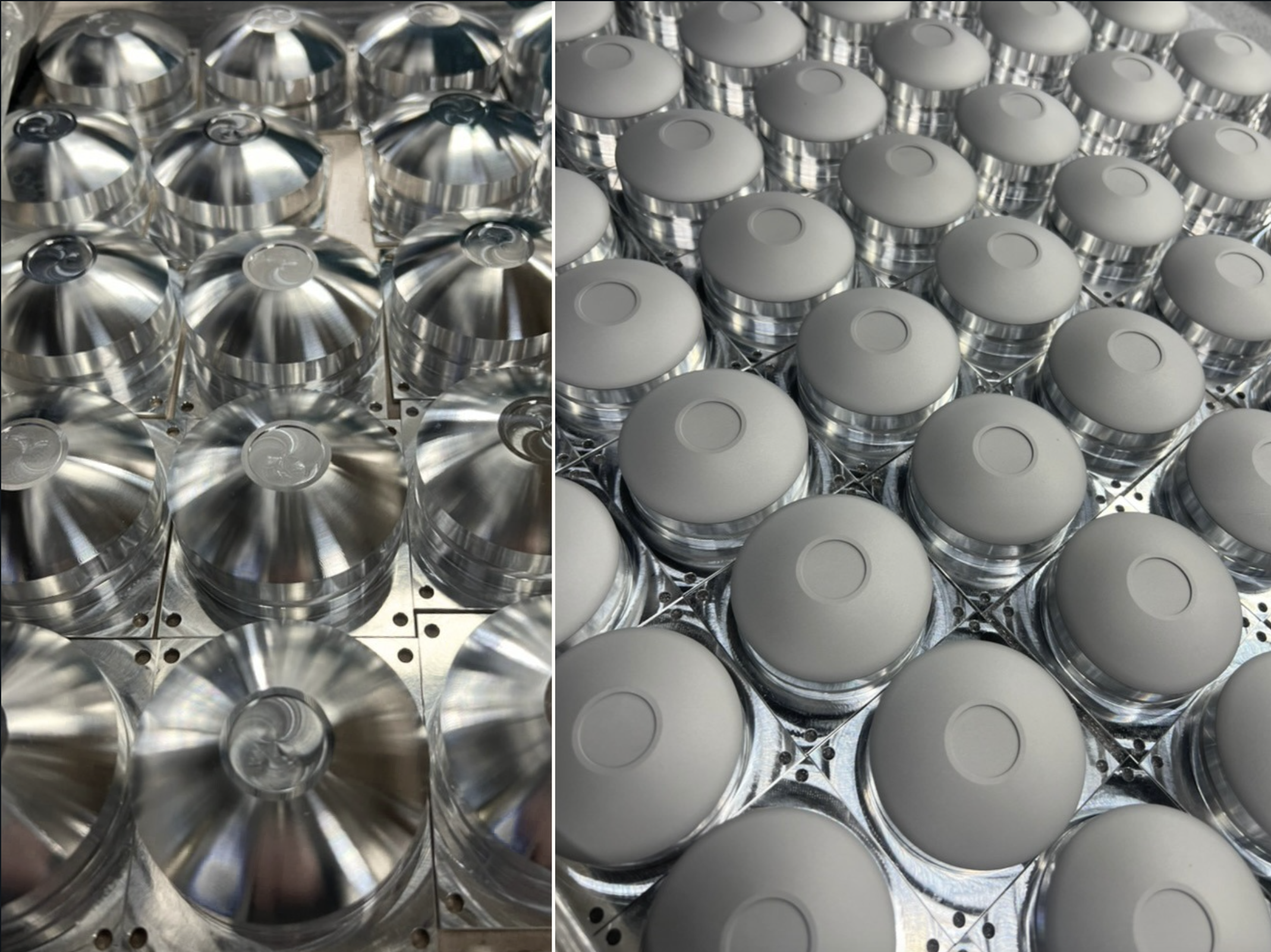IMPROVE PERFORMANCE WITH DRY FILM LUBRICANT
WHAT IS DFL?
Dry Film Lube is a thin, solid lubricant coating applied to surfaces to reduce friction, prevent wear, and provide corrosion resistance. It typically consists of materials like molybdenum disulfide, graphite, or PTFE suspended in a solvent, which evaporates after application, leaving a dry, durable film. DFL is ideal for applications where traditional oils or greases cannot be used, such as in high-temperature environments, vacuum conditions, or areas where cleanliness is critical. It minimizes friction and wear on moving parts, extends component life, and enhances performance without attracting contaminants like dust or dirt.
-
Reduced friction: Minimizes wear and galling in moving parts.
High-temperature stability: Performs effectively in extreme heat.
Contamination-free: Ideal for environments requiring cleanliness, such as medical or electronics applications.
Corrosion resistance: Adds a protective barrier against oxidation and environmental damage.
Extended component life: Reduces wear, lowering maintenance needs.
Wide applicability: Suitable for metals, plastics, and other substrates.
Low-maintenance: Requires no reapplication compared to liquid lubricants.
-
Typical Dry Film Lubrication Process
Surface Preparation:
Clean the surface thoroughly to remove oils, dirt, or contaminants.
Abrasive blasting or chemical etching may be performed to enhance adhesion.
Application:
Apply the dry film lubricant via spray, dip-coating, or brush, depending on part geometry and requirements.
Ensure an even and consistent coating.
Curing:
Heat the coated part in a curing oven or allow it to air dry, depending on the lubricant's specifications.
Curing ensures the coating bonds to the substrate and achieves its full properties.
Inspection:
Verify uniform coverage, thickness, and adherence of the coating.
Conduct tests for performance metrics like friction reduction and wear resistance, if required.
Finishing:
Perform any necessary secondary processing, such as polishing, before assembling or using the part.
-
Industry Applications
Aerospace: High-performance coatings for turbine blades, actuators, and fasteners.
Automotive: Engine components, transmission parts, and suspension systems.
Medical Devices: Surgical tools, prosthetics, and moving mechanisms requiring low friction.
Electronics: Reducing wear in moving electrical contacts and connectors.
Industrial Machinery: Bearings, gears, and slide assemblies in demanding environments.
Common Parts
Bearings and Bushings: Reduce friction and wear in rotating or sliding applications.
Fasteners: Provide consistent torque and prevent galling during assembly.
Gears and Shafts: Minimize wear and ensure smooth operation.
Valves and Seals: Enhance movement and reduce sticking in high-pressure systems.
Medical Instruments: Enable smooth, precise operation while resisting wear.
Dry film lubrication is a critical solution for applications where traditional lubricants fall short, providing superior performance, durability, and reliability across industries.
Let’s Work Together.
Interested in working together? Fill out some info and we will be in touch shortly!
























